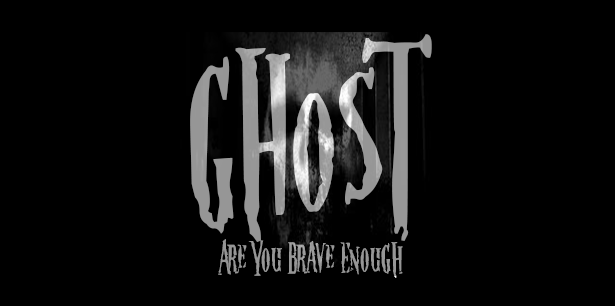Beneath the seemingly ordinary walls of 284 Green Street, a council house in the heart of Enfield, London, a malevolent force lurked, casting a shadow of terror over the lives of its inhabitants. From 1977 to 1979, the Enfield poltergeist unleashed a horrifying reign of supernatural terror, leaving no one unscathed. Prepare yourself for a descent into the depths of fear as we delve into the bone-chilling tale that unfolded within those haunted walls.

The Nightmarish Enigma: Within the confines of that unassuming residence, the lives of two innocent sisters, Janet (11) and Margaret Hodgson (13), turned into a waking nightmare. Skepticism collided with belief as renowned figures like Maurice Grosse, a brilliant inventor, and Guy Lyon Playfair, a writer immersed in the world of the paranormal, found themselves entangled in a sinister web of supernatural occurrences. While some doubted the authenticity of the haunting, Janet and Margaret's eerie experiences left an indelible mark on the believers' souls. Amidst the chaos, dark secrets festered, blurring the boundaries between truth and deception.
Unleashing the Darkness: The haunting at 284 Green Street refused to remain hidden within its walls. Like a ravenous beast, its tale spread through the British newspapers, captivating readers with its spine-chilling nature. From literary works to gripping television and radio documentaries, the Enfield poltergeist's story echoed through the corridors of fear. And in 2016, the horror reached its pinnacle as "The Conjuring 2," a bone-chilling film based on these terrifying events, took the silver screen by storm. Brace yourself for a journey into the heart of darkness, where nightmares become reality.
Unearthly Claims: In the sweltering heat of August 1977, a cry for help pierced the night. Peggy Hodgson, a single mother, summoned the authorities to her rented home, trembling with fear. The horrors that unfolded within those walls defied all reason. Furniture moved with a will of its own, sinister knocking reverberated through the air, and the innocent lives of Janet and Margaret were thrust into a world of terror. Levitation, disembodied voices, and violent upheavals shattered their existence, plunging them into an abyss of unrelenting horror.
Peering into the Unknown: A team of intrepid investigators dared to confront the malevolent entity that haunted the Enfield residence. Maurice Grosse and Guy Lyon Playfair, members of the Society for Psychical Research, stood on the precipice of fear, confronting the unexplained. Doubt lingered in their minds, casting a shadow over the girls' claims. Yet, amidst the chaos, fragments of truth emerged, hinting at a darkness that defied comprehension.

The renowned demonologists, Ed and Lorraine Warren, added their expertise to the investigation, their conviction unwavering. It became a battle between faith and skepticism, where the line between reality and nightmare blurred.
Unmasking the Shadows: As the investigation delved deeper into the heart of the terror, the webs of deception began to unravel.
Caught on camera, Janet's clandestine acts were exposed, revealing her involvement in bending spoons and manipulating objects. Skeptics like Joe Nickell, armed with the power of reason, tore at the seams of the paranormal claims, unmasking the haunting as a complex web of trickery. The voices from beyond were called into question, and their authenticity shattered. But even amidst the skepticism, the lingering presence of the Enfield poltergeist refused to fade away, leaving behind an eternal enigma that sent shivers down the spines of all who dared to remember.

Conclusion: In the annals of the paranormal, the Enfield poltergeist will forever stand as a testament to the terrifying unknown. Its haunting legacy continues to haunt the minds of skeptics and believers alike, reminding us of the fragility of our perceptions and the eternal struggle between light and darkness. As we confront the blurred boundaries of truth and fear, the Enfield poltergeist remains an enigma, a chilling reminder that nightmares can seep into our reality, forever altering our lives. Brace yourself, for the shadows still whisper their tales of terror, waiting for the unwary to tread into the heart of darkness.
#EternalHorror #HauntedNightmares #HorrorUnleashed #EnfieldPoltergeist #UnveilingDeception #ShadowsUnleashed #UnveilingNightmares #SupernaturalConfrontation #SupernaturalTerrors #UnholyEncounters #TerrifyingChaos #HauntingChronicles #UnexplainedTerrors #NightmareUnveiled #SupernaturalHorror #FearUnleashed







